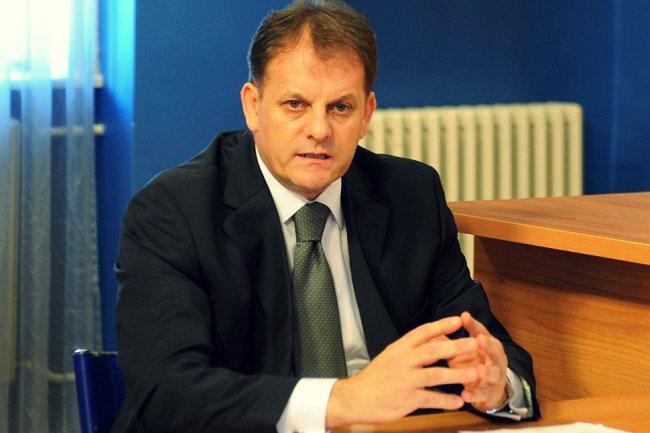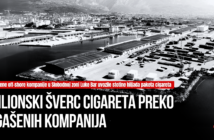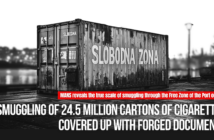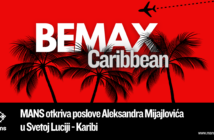Seven Montenegrin municipalities, with almost 60 percent of the total electorate, spent three times more money for the local infrastructure per month in the three election months of 2016, than in the first six and a half non-election months of the year.
Municipalities of Podgorica, Herceg Novi, Niksic, Kotor, Tivat, Pljevlja and Cetinje spent around €6.3 million for local works in the pre-election period, compared with €4.5 million that was spent in the first six and a half months of 2016, shows the analysis of official data made by the Research Center of MANS and Dan list.
Observed by municipalities, the capital city of Podgorica spent €3.27 million in the election period for local infrastructure, which is an average of around a million a month. In the non-election six and a half months, they spent roughly the same amount, or 3.28 million. However, on a monthly basis, it was half a million, so it follows that the expenditure doubled during the election campaign.
The municipality of Niksic spent €780,000 in three election months, or an average of €260,000 a month. At the same time, official figures show that the municipality set aside around €238,000 or €37,000 a month in the first half of 2016 for local works, so it appears that the spending was increased sevenfold.
The municipality of Pljevlja spent €307,000 is in three election months or €100,000 a month, while it allocated a total of €138,000 in the non-election period or an average of €21,000 a month. Therefore, the average monthly expending increased during the election period five times.
It is interesting that the coastal municipalities, which suspend works during the season spent significantly more money for the construction of local infrastructure during that period than in the course of preparation for the season.
Thus, the municipality of Herceg Novi spent €804,000 for local works during the election period or an average of €268,000 per month. In the non-election part of the year, it spent €240,000 or €37,000 on a monthly basis, which means that the expenditure was seven times greater.
The municipality of Kotor spent averagely €210,000 a month in the election period, so the total expenditure was €630,000. Compared with the non-election half a year, when the total amount spent €450,000, or €69,000 a month, the expenditure was threefold.
The municipality of Tivat earmarked €630,000 for local infrastructure in the election period, which is €210,000 per month on average. In the non-election period, however, the total amount spent was €452,000 or €65,000 a month. This means that the expenditure was three times increased.
Finally, the municipality of Cetinje almost had no expenditures for local infrastructure in the non-election period, while during the election period €118,000 was spent for such purposes.
Expenses for the construction of local infrastructure and buildings are often used in election cycles for the exercise of political influence and gaining advantage in the field.
MANS Investigation Center and Dan have previously announced that the Ministry of Sustainable Development and Tourism significantly increased expenditures for the construction of local infrastructure and buildings in the election period, having spent €4.5 million.
Authors:
Ines Mrdovic
Marko Vesovic
This text is created with the support of the European Union and the U.S. Embassy Podgorica. Network for Affirmation of Non-Governmental Sector – MANS is solely responsible for the contents of this article, and the views taken herein shall not in any case be considered as those of the European Union.




